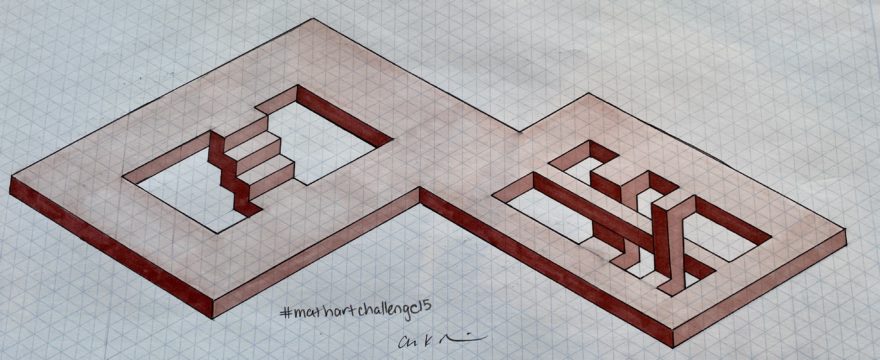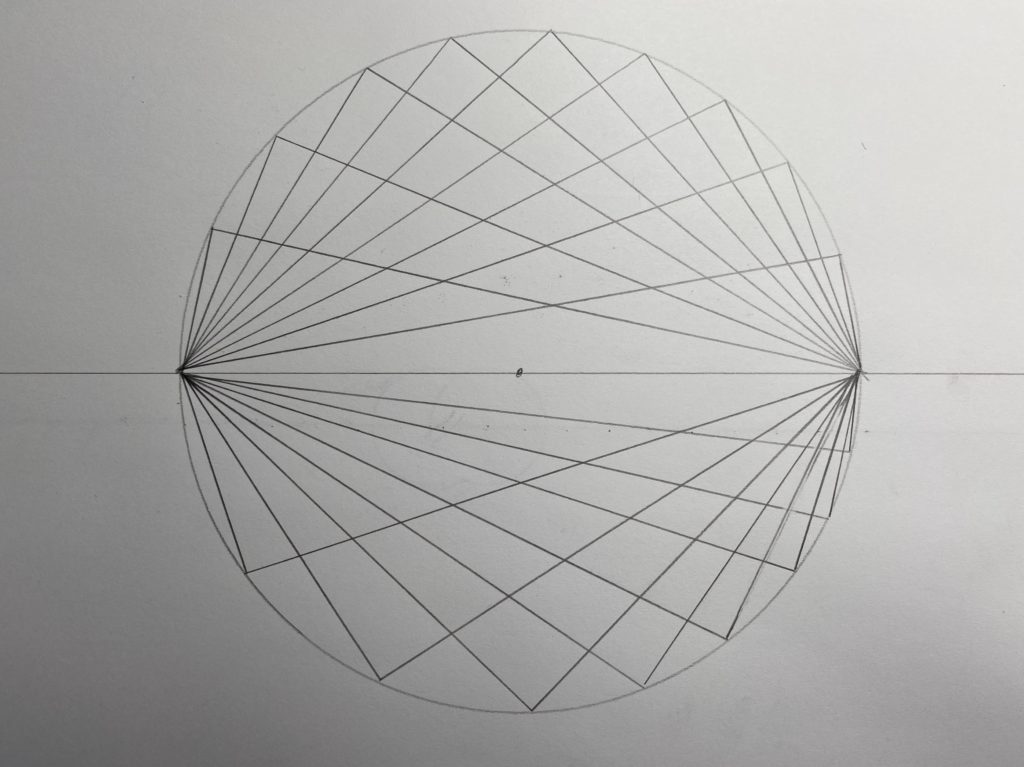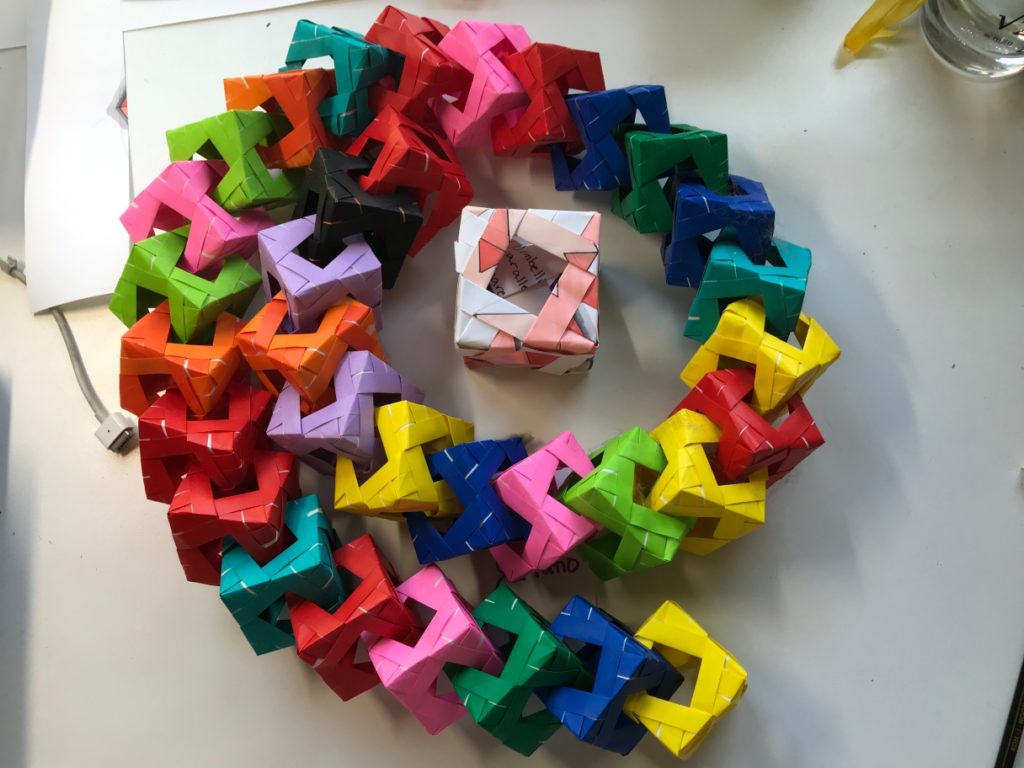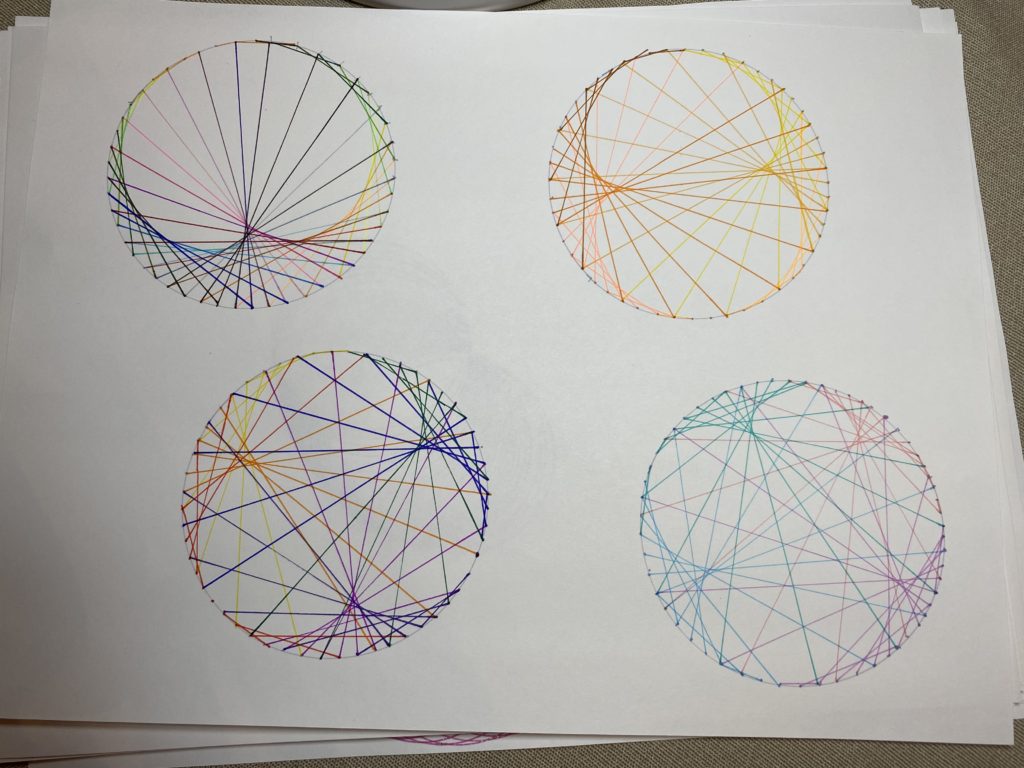For many students, math seems boring and tedious. It’s all numbers and no visuals. Fortunately, you can completely flip that view of math upside-down. How? With warm-up math art activities.
It wasn’t that long ago that we used to post something for students to do as they entered the class. These warm-up activities helped to ease the transition into the classroom. They are also useful for teaching pattern recognition.
The websites listed below offer a huge amount of excellent bell-ringer math art activities for your math class. Some are art moments, while others can be converted into data-analysis challenges. They can be assigned in class, or posted on your screen during a Zoom class as well.
1. Arbitrarily Close
Annie Perkins, a middle-school teacher in Minnesota, shares activities and a passion for mathematics on her website Arbitrarily Close. The math art challenges she posts give students something to entertain their hands while they are working something out in their mind. Her math art activities can easily be adapted for your classroom, and there are plenty to choose from.
While many of the math art challenges are geometric drawing exercises, there are lots of hands-on activities as well!
2. Number Loving Beagle
Megan Schmidt, who teaches mathematics, shares similar math art activities on her website Number Loving Beagle. Many of these activities are already (or can be converted to) math applications by asking students to write a formula that describes the relationship between the chosen action and the outcome. For example, when you look at these spiral graphs, notice how product patterns reflect specific functions.
When you show your students how to make math into art, you empower them to both be artistic and see math in a different way.
“Somewhere in the midst of being a high school math teacher, wishing I could do “art,” and not being particularly convinced that math was beautiful, someone handed me a compass and a straight edge. Yes, a compass – one of those rusty metal contraptions with a point on one end and a pencil on the other. I drew a circle. And then another. And another. Then I drew strategic lines connecting parts of those circles. I colored in pieces that I wanted to highlight. And I kept drawing circles and lines. And kept coloring. I dove head-first down the internet rabbit hole of geometric art. Soon, I was beginning to believe two important things: 1. Math was actually quite beautiful. 2. I was, in fact, artistic.”
– Megan Schmidt




